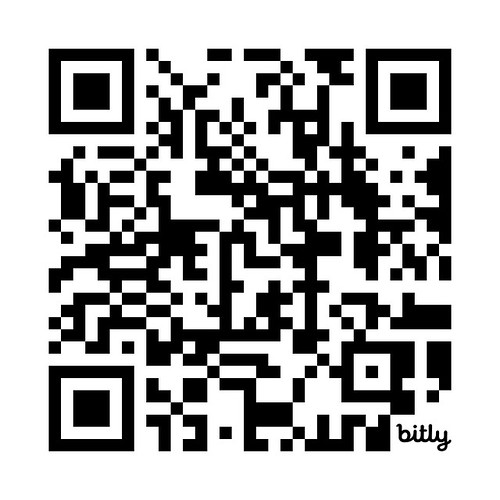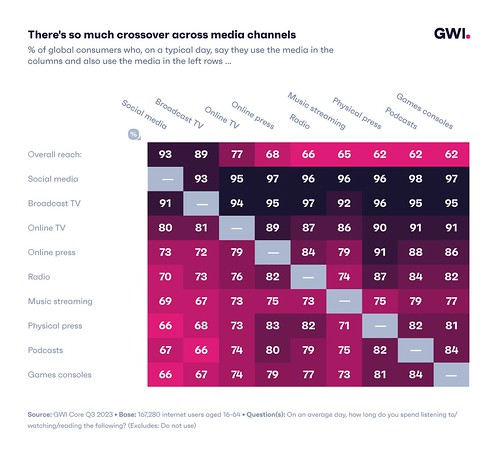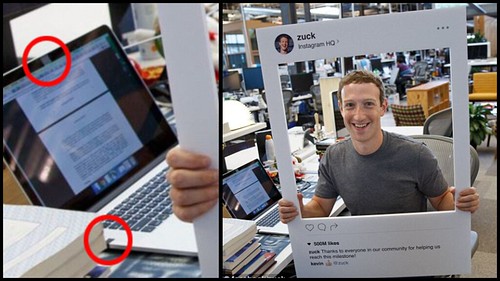September 2024 newsletter introduction
Welcome to my September 2024 newsletter, this newsletter marks my 14th issue. When I lived in Hong Kong and dealt with Chinese accounts, the number 4 was considered unlucky, rather like 13. 14 is even worse due to it sounding so similar to ‘is dead’ or ‘will be dead’ or ‘will be certain to die’ depending on the variant of the spoken language used. In other cultures the symbolism of 14 is more nebulous at best.
September got off to an odd start, we seem to have had all the seasons, rather than settling gently into the run up to autumn. I managed to avoid traditional mooncake during mid-autumn festival celebrations that I attended. My waistline was thankful for the #ROMO (relief of missing out).
New reader?
If this is the first newsletter, welcome! You can find my regular writings here and more about me here.
Things I’ve written.
- Being on the ground in Merseyside as the Southport stabbings unfolded gave me a different perspective on things.
- How generative AI features are affecting the Google search experience and much more.
- Not the target demographic – or how marketers and agencies are leaving money on the table.
- The mooncake crisis in China.
Books that I have read.
My reading for September 2024 slacked off a bit as real world obligations kicked in.
- The Old Woman With the Knife worked on a number of levels for me. Firstly, I loved its portrayal of modern Korean society, from the aging population to the Confucian view of seniority that makes everyday interactions more complex than other Asian societies. Without revealing too much, the old woman in question is someone in the twilight of her career and how she is coping with new up-and-coming rivals at work.
- Panic! edited by Michael Lewis. Michael Lewis became famous when he wrote an account of his career in investment banking in Liar’s Poker. His career overlapped with the 1987 financial crash. Since then he has been a writer who has documented key turns in the economy. Because of this background Lewis was the ideal person to curate a history of financial crisis from contemporary accounts at the time. Panic! covers the 1987 financial crash, the 1998 debt crisis, the dot com bubble, and the subprime mortgage crisis of 2007/8. I read the book in short bursts mainly due to asks on my time, rather than the nature of the book. Panic! seemed pertinent to read now. The publication of Pegasus Research’s iconic quantitative research on ‘burn rates’ in March 2000 on dot.com company burn rates makes it highly relevant to revisit when we are in hype cycles such as those surrounding health tech, fintech, crypto and more – if for no other reason than pointing out the folly of trying to pick winners in hype-driven public markets with a high degree of opacity.
- Klara and the Sun by Kazuo Ishiguro moved from my to be read pile to must read pile given everything that has been going on with generative AI over the the past couple of years that it has sat on my bookshelf. Ishiguro uses speculative fiction to explore the different kinds of love and attachment, alongside loss. From a machine learning perspective it poses interesting questions about applying observational learning rather than rules based learning in systems that are supposed to exist in the real world. Klara is an ‘artificial friend’ for a child who is going through ‘levelling up’. Levelling up could be seen as a euphemism for everything from the cramming schools popular in Asian education systems to the challenges humans face in an information heavy environment. Ultimately there is something more human and child-like in Klara’s experiences than the human co-protagonists.
Things I have been inspired by.
AI proficiency.
Section, the education company founded by Professor Scott Galloway has AI proficiency as a key element in its offering. They have put together research to show how low the current level of proficiency is. They consider this research a rallying cry; but the results could also be reflective of a technology adoption curve that isn’t moving at the speed of hype, which is what came through in my examination of public discussions during the summer.
Secondly, research from the Upwork Research Institute implies a higher a higher adoption rate of generative AI, but lower success rate with the outputs generating inefficiencies rather than productivity gains. Part of the problem seems to come from organisational leadership and the way generative AI is being implemented.
WARC have published a report which looks at What’s working in generative AI from a marketing perspective. Some of the ideas like synthetic data in market research are not quite in prime time yet and generative AI’s large carbon footprint can’t be ignored.
Digitalisation and brands
Harvard Business Review published research that indicated a weaker relationship between profit share and brand in certain types of businesses. On the face of it, this supports Scott Galloway’s ‘end of brand‘ hypothesis. WARC covered the research paper in depth pointing out that for each percentage gain in market share highly digitised businesses gain 0.19% increase in profit compared to 0.26% in less digital businesses. This seems to be due to a multitude of factors:
- Efficiency gains due to digitalisation have an effect on the existing profit prior to the market share. Efficiency is the main selling point of much digital automation from CRM systems to performance advertising.
- Market power of larger companies ( a la Google).
- Perceptions of quality – digital-only companies might look more reputable due to the lack of real-world signals to the contrary
Market share (and brand) still matters, but it hits different depending on the business. B2B and growth hacking business approaches gain less than consumer orientated businesses. A larger dataset of Kantar-sourced data analysed by Oxford University researchers found that better brand effects were down to ‘difference’ as in how customers see – and experience the brand – as being different enough from competitors.
FEAST
FEAST is an occasional magazine and curated set of events all about food and its ingredients. If you are a strategist working with a food or beverage client it’s well worth exploring their archive as a source of inspiration for insights given its in-depth and thoughtful arts-based approach.
Streaming plateau
I finally got to dive into Ofcom’s Media Nations research report. I recommend that if you are involved in the advertising-media industrial complex in any way shape or form, spend some time reading it. On the plus side, survey respondents consider accurate balanced news as a key part of the public service mandate of radio and television. Secondly during 2023, broadcast brought many of us together still for key events including the first episodes of tentpole series.
More dispiritingly, I realised that amongst the tentpole TV series was season 23 or I’m a Celebrity, Get Me Out of Here. TV advertising revenues declined faster than online video revenues grew and subscription based video on demand take-up plateaued. It’s pure speculation on my part, but this might have been reached because COVID accelerated adoption.
Finally, as a film fan who buys Blu-Rays of films that don’t appear on streaming services consistently, the amount of time watching DVDs and and Blu-Rays have a very small usage across all age groups. I don’t think that’s good news for arthouse and cult cinema.
Things I have watched.
The Crow – less of a remake of the iconic Brandon Lee film and more of a reinvention of the franchise. It’s a good if unengaging film, many of the young adult audience I went to see it with won’t have the original or the comic books as a reference point. It has been described on other parts of the net as ‘the worst movie of the year‘. This is probably a bit unfair; there is a lot of ‘straight to Netflix’ dross out there. FKA Twigs character in the film grew on me as I watched it.
The last time I saw The Terminator in a cinema was in a double bill with the then newly launched Terminator 2 at the then new Odeon multiplex in Bromborough. I got to see it again thanks to a 4K restoration. Despite having seen The Terminator several times on tape, DVD and Blu-Ray – this time it hit different. It hit harder and it was all down the way the screen filled my vision and the punch of the sound track. Despite in-home cinema set-ups, you just can’t get at home unless you live in a large industrial unit sized home. The analogue special effects held up surprisingly well and the plot was just as taunt as I remembered it. There was less people in the cinema than for the screening than for The Crow.
As I write this, I have just watched episode one of the latest series of Slow Horses. It has gotten off to the high standard set by the previous series and book. Time to put on my Roddy Ho t-shirt again.
Useful tools.
Table Capture
If you’ve ever tried to cut and paste a table and data from a website into an spreadsheet and then spent the rest of the afternoon parsing it in cell-by-cell you will appreciate the benefit of this browser extension.
Humaniser for GPT created content
If you’re reading this, chances are that you’ve used services like Claude, ChatGPT or Gemini as a starting point for copy, or to summarise documents. UndetectableGPT looks at providing alternatives to ‘tell-tale’ phraseology in generative AI copy.
Data analysis
Groupt will take a CSV file and categorise the data including visualisation, so you only have to focus on wrapping a narrative around it to fit into the wider storytelling of your presentation.
The sales pitch.
I am now taking bookings for strategic engagements from January 2025 onwards; or discussions on permanent roles. Contact me here.
More on what I have done here.

The End.
Ok this is the end of my September 2024 newsletter, I hope to see you all back here again in a month. Be excellent to each other and onward into October and crispness of a bright autumn morning!
Don’t forget to share, comment and subscribe!
Let me know if you have any recommendations to be featured in forthcoming issues.





















